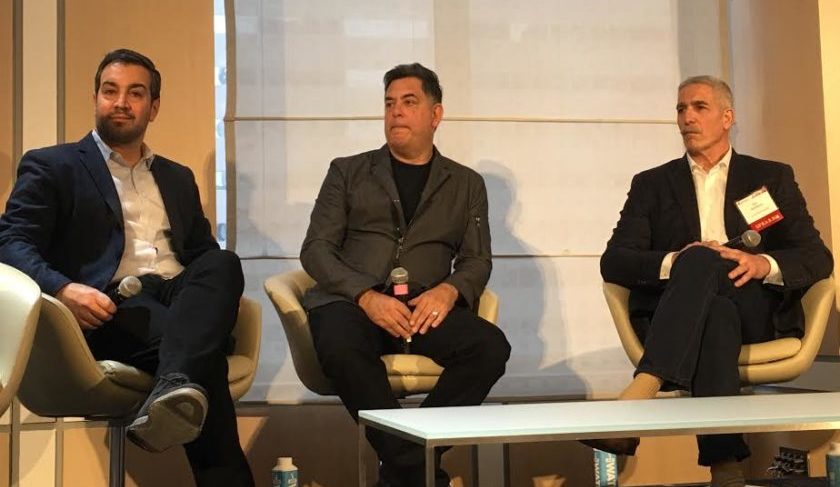
Media Execs: OTT, TV Everywhere Creating New Ad Opportunities, Challenges
NEW YORK — The growth of over-the-top (OTT) and TV Everywhere services are creating an increasing number of new opportunities, as well as challenges, for media companies and advertisers, according to media company executives who spoke at the Advanced Advertising conference March 27.
Adam Lowy, GM of Advanced TV at Dish Network and its Sling TV division, pointed to his company’s recent entry into the programmatic advertising arena as part of a partnership with Adobe. As part of that pact — which makes use of the new Adobe Advertising Cloud service — advertisers can for the first time bid in real time on Sling’s live streaming and video on demand programming, allowing those advertisers to target audiences across multiple channels.
“We’ve been working on that for quite a while,” even prior to the announcement, Lowy said at the conference. “It’s been really exciting to do it,” he said, noting that the auction capability has been live on the Sling TV OTT service for a few months. But he added: “There’s been a lot of challenges” on the technical front. “When you have a product that’s on PC, Mac, iOS, Android, Roku, Chromecast, Apple TV – every platform is different and has its own nuances, and that is the hardest part of this whole thing,” he pointed out.
It’s important, meanwhile, that advertisers realize how important it is that they maintain a presence across multiple platforms now, according to Jonathan Bokor, SVP and director of advanced media at MediaVest. There is, after all, “a growing percentage of the population” that is viewing TV content via OTT platforms either exclusively or at least at an increasing level, he said. The number of “cord cutters, cord shavers and cord nevers” continues to grow – although “more slowly than many people think,” he said, adding: “If you want to reach those viewers, then you need to be” where they are.
What Dish is doing with programmatic advertising is “great” because it provides advertisers with a way to buy ad space that matches the changing way that people are viewing TV content, Bokor told the conference. “This is what I personally want to see because I think that this is an inevitable transition,” he said.
Bokor went on to predict: “Eventually all TV will be OTT. It’s just a matter of time.” Therefore, MediaVest’s ad clients are “better off trying to understand that now” and “become adept” at how they buy OTT ad space and “in a way that’s cohesive with the rest” of their media buying, he said, adding: “This is a very significant trend” that’s “only going in one direction.” Marketers are “wise to get on the train now rather than try to wait and figure it out later,” he said with a laugh.
There is, for now, a “perception” among many people that most non-linear TV viewing is done via Netflix with content that isn’t ad-supported, he also said. “There is something to that,” he conceded, noting that Netflix is the number one player in the streaming space and even two other strong streaming video players – Amazon Prime and HBO – also don’t offer ad-supported content. But he said: “We’re starting to see more and more opportunities to reach this audience.”
He also predicted: “Eventually, Netflix is going to take ads. It’s just a matter of time.” For those who doubt that will happen, he urged them to recall a time when many people doubted we would ever see ads in movie theaters – something that, of course, went on to happen (although not during the movie itself).
New ad monetization systems tend to trail new platforms and forms of content creation and distribution, Scott Levine, SVP of product and technology distribution at Univision Communications, told the conference, pointing to video on Facebook as one example. But they will catch up eventually, he said, adding augmented reality (AR) and virtual reality (VR) are two more forms of content creation that will be monetized once usage can be measured effectively, he said.
OTT and TV Everywhere services are also making it possible for advertisers to target households as well as individuals within those households with specific content and ads, the panelists noted. Taking that one step further, Sinclair Digital Group COO Rob Weisbord said: “I also think, at some point, facial recognition will come into play,” enabling devices to recognize precisely who the end user is.
